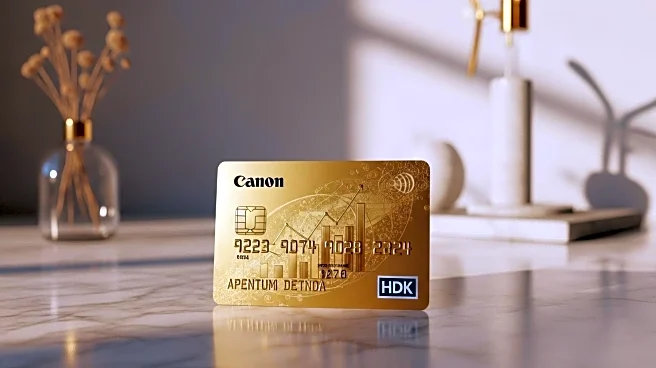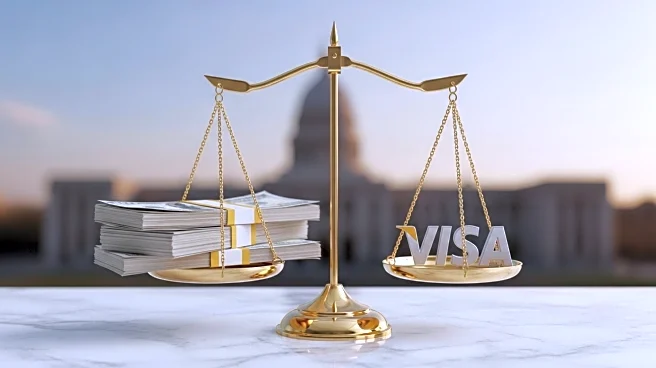What's Happening?
President Trump has launched the Trump Gold Card, a new immigration pathway for wealthy foreigners seeking permanent residency in the United States. Announced via executive order, the program allows individuals to obtain an EB-1 or EB-2 visa in exchange for a $1 million payment plus processing fees. The administration plans to introduce a more exclusive Trump Platinum Card, offering 270 days of U.S. residency without tax on non-U.S. income for a $5 million fee. Historically, EB-1 and EB-2 visas have been reserved for individuals with extraordinary abilities or advanced degrees. The Trump Gold Card redefines eligibility by considering personal wealth as a significant benefit to the U.S. economy.
Why It's Important?
The Trump Gold Card represents a shift in U.S. immigration policy, emphasizing financial capability over traditional merit-based criteria. This approach could attract wealthy individuals, potentially boosting economic activity through their investments. However, it raises ethical concerns about prioritizing wealth over skills and contributions. Critics argue that it undermines the principles of equal opportunity and meritocracy, potentially excluding talented individuals who lack financial resources. The program's focus on debt repayment suggests a strategic move to address national financial challenges, but it may also lead to increased scrutiny and debate over immigration fairness.
What's Next?
The Trump administration may face legal challenges and public criticism over the Gold Card's implications for immigration equity. As the program unfolds, stakeholders including lawmakers, advocacy groups, and the public will likely debate its impact on U.S. immigration policy. The administration's plans to potentially suspend other visa categories could further intensify discussions. Monitoring the program's economic outcomes and public reception will be crucial in assessing its long-term viability and influence on immigration reform.










